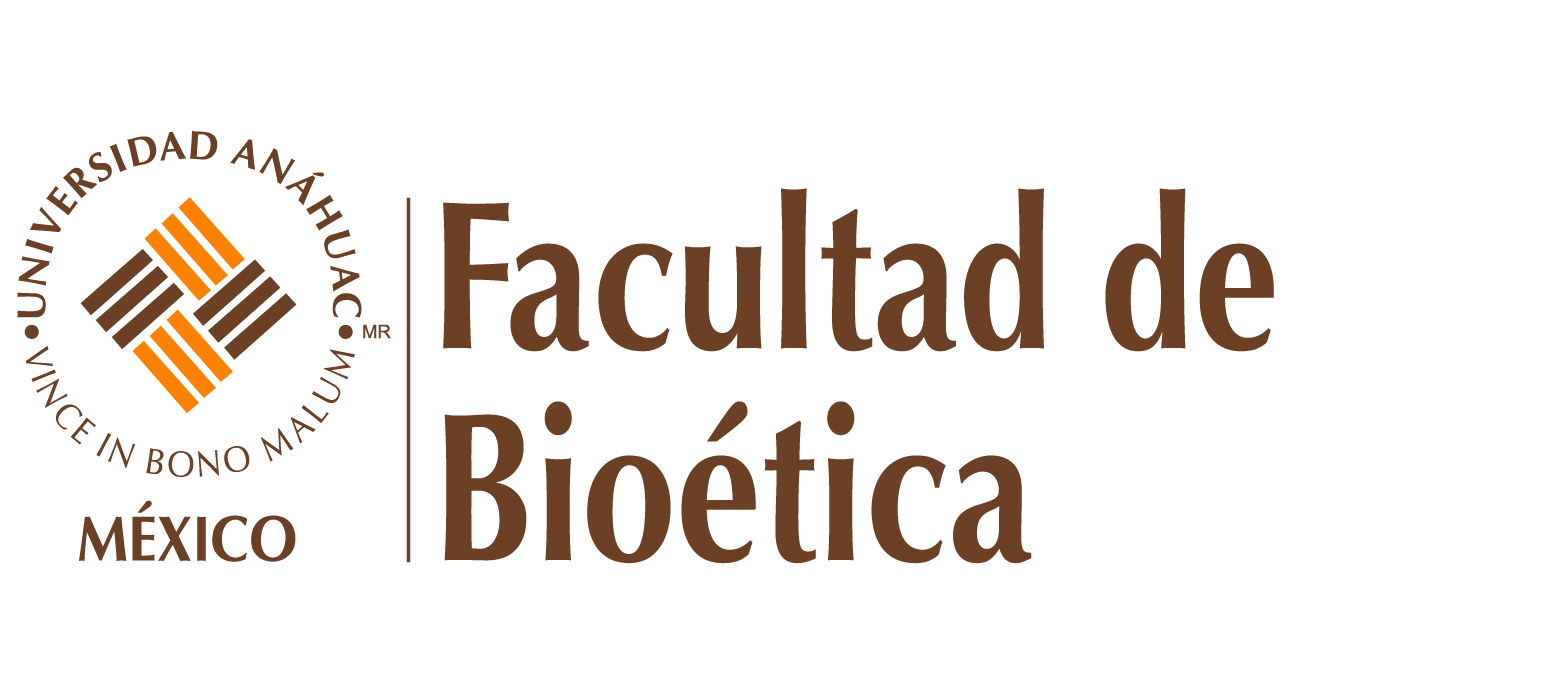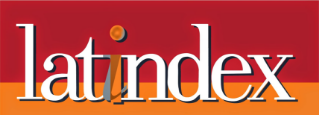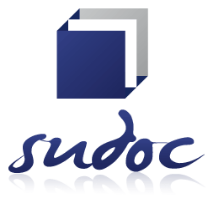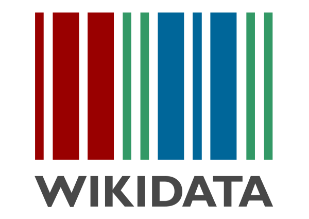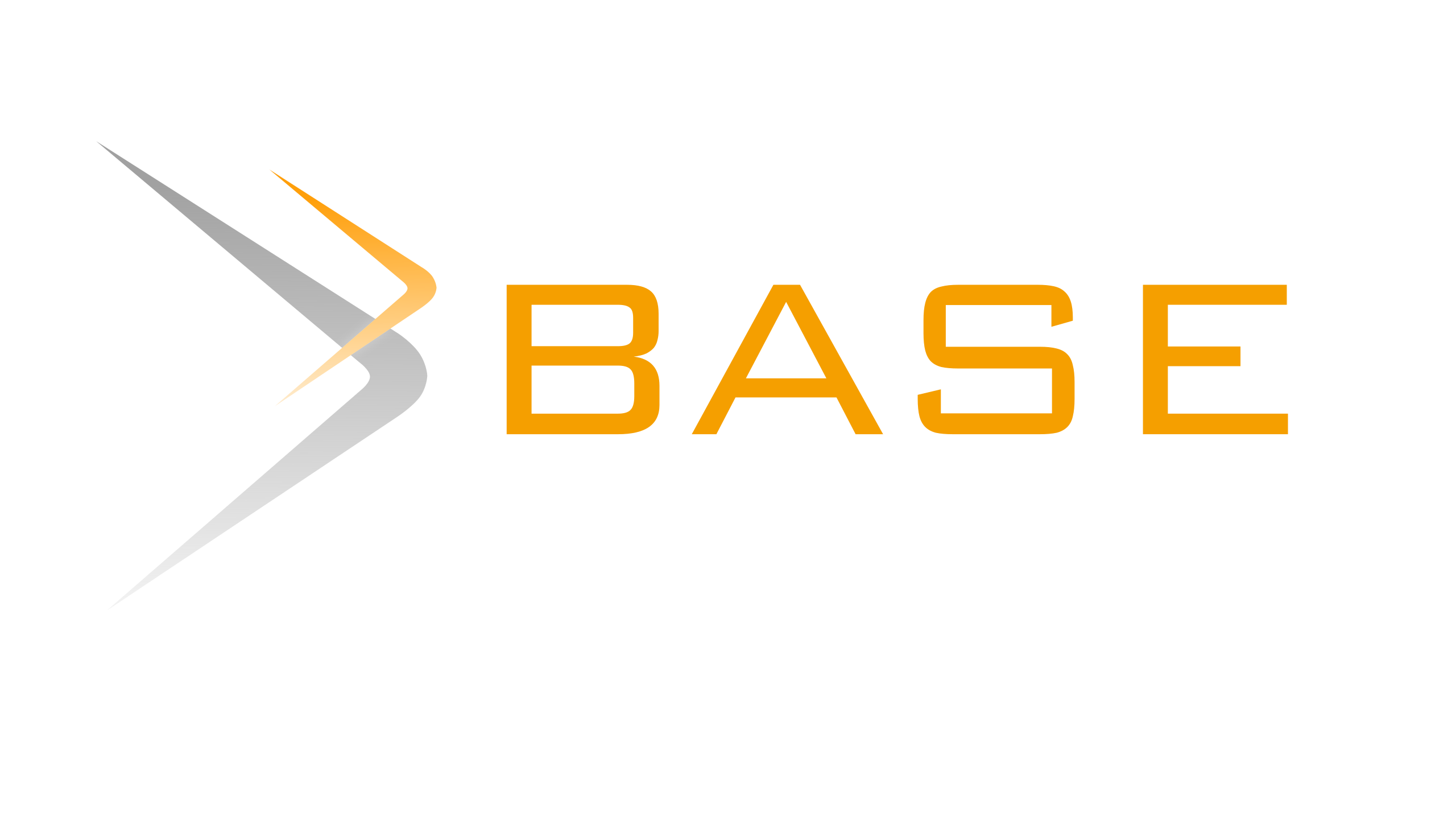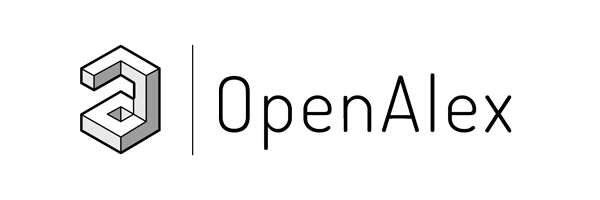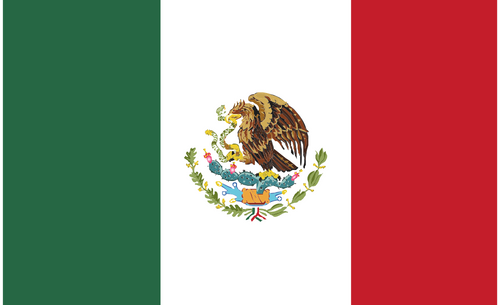Los biobancos de investigación
Problemáticas ético-sociales entre derechos del individuo y perspectiva comunitaria
Palabras clave:
biobanco, confianza pública, consentimiento, privacy, estigmatización social, pertenencia de las muestras, participación de los beneficios, derechos individuales, bien comúnResumen
En los útimos diez años se ha tenido un aumento de las activida- des ligadas a los biobancos, o sea a las colecciones de muestras biológicas y de los datos asociados, tanto a nivel nacional como in- ternacional. La metáfora del banco ha sido puesta en discusión, desde el momento que lleva consigo una finalidad de lucro y co- rre el riesgo de reducir un nuevo campo de la biomedicina –que tie- ne la potencialidad de desarrollar nuevas modalidades para la promoción de la salud– como perspectiva de ganancia indivi- dual. Por tanto han sido propuestas otras analogías entre las cuales están las colecciones de arte, las organizaciones de voluntaria- do, las bibliotecas o depósitos (“teca”) para subrayar el primado del avance de la investigación en el interés de la sociedad.
Si por un lado se hipotetizan innovadoras estrategias de diag- nóstico, prevención y terapia para diversas enfermedades deri- vadas de los proyectos que ponen a confrontación los factores
de riesgo genéticos y ambientales en su insurgencia, por otro lado, las actividades ligadas a la investigación que utilizan los biobancos comportan relevantes riesgos éticos y son un motivo de preocupación social. La presente contribución se concentra sobre las cuestiones específicas de carácter ético y ético-social en el campo del biobanking. Esto incluye problemáticas como la confianza pública, el consentimiento informado, la privacy, el re- greso de los resultados, el riesgo de discriminación genética y estigmatización social, la comercialización, la pertenencia de las muestras y la participación de los beneficios. Además, las pro- blemáticas han sido puestas a confrontación con dos acerca- mientos teóricos fundamentales en la ética del biobanking: la perspectiva basada sobre la protección de los derechos del indi- viduo y la perspectiva comunitaria. La preocupación al centro de este debate es la de resolver el problema de cómo los biobancos deben ser organizados y gestionados entre garantías de intere- ses y derechos individuales (como el consentimiento informado y la privacy) por un lado y la realización del bien común (en tér- minos de progreso de la investigación y de beneficios para la sa- lud pública) por otro lado. Mientras el acercamiento tradicional puede revelarse, en fin, una impostación sólo de procedimiento o legalista, los nuevos acercamientos, por otra parte, corren el riesgo de tomar un giro de mera retórica o de adoptar una óptica utilitarista o contractualista.
En fin, se concluye con un debate abierto, considerando los puntos críticos de ambos framework (marcos de trabajo), refiriendo algunas propuestas de intención entre los puntos de vista excesivos y subrayando en conclusión la relevancia de alguos desafíos so- cio-políticos actuales de la investigación basada en los biobancos.
Descargas
Referencias
2 Acceso del 20.06.2013, en: http://www.bodyworlds.com/en/exhibitions/ mission_exhibitions.html.
3 Se estima que en Italia almacenes de diversas dimensiones y topología podrían contener cerca de 1'200,000 muestras de material humano. ROAZZI P. The infor- mation technology tools en Atti del Convegno "Challenges and opportunities of the Italian hub of population biobanks (HIBP)". Roma: Istituto Superiore della Sanità, 2012 (acceso del 20.06.2013, en: http://www.iss.it/binary/hibp/cont/Roazzi_HIB P _9 _Marzo .pdf) .
4 SOLBAKK JH, HOLM S, HOFMANN B. lntroduction, en SOLBAKK JH, HOLM S, HOF- MANN B (curador). The ethics of research biobanking. Dordrecht-Heidelberg-Lon- don-New York: Springer, 2009: XIII-XVIII.
5 ZOLOTH L. The Alexandria plan: creating libraries for human tissue research and therapeutic use, en SOLBAKK, HOLM, HOFMANN (curador). The Ethics of resear- ch..., 173-193; ALNAES AH. The art of biocollections, en SOLBAKK, HOLM, HOFMANN (curador). The ethics of research..., 195-218.
6 Las líneas guía Dalla Biobanca alla Bioteca di ricerca: raccomandazioni etico- giuridiche, redactadas por iniciativa del Comité Ético Independiente Irccs "Istituto Nazionale dei Tumori-Milano". 2010 (acceso del 26.05.2013, en: http:// www.progettorol.it/doc/bioteche.pdf).
7 lbid.
8 Por ejemplo: COMITATO NAZIONALE PER LA BIOSICUREZZA E LE BIOTECNOLOGIE (CNBB). Linee guida per la certificazione delle bio banche (19 aprile 2006). Roma: Presidenza del Consiglio dei Ministri, 2006; LA CONFERENZA PERMANENTE PER I RAPPORTI TRA LO STATO, LE REGIONI E LE PROVINCIE AUTONOME DI TRENTO E DI BOLZANO. Accordo ai sensi dell'art. 4 del decreto legislativo 28 agosto 1997, n. 281, sulle linee progettuali per l'utilizzo da parte delle Regioni delle risorse vincola- te ai sensi dell'art.1, commi 34 e 34 bis, della legge 23 dicembre 1996, n. 662 per la realizzazione degli obiettivi di carattere prioritario e di rilievo nazionale per l'anno 2009, 25.03.2009.
9 Por ejemplo: ORGANIZATION FOR ECONOMIC CO-OPERATION AND DEVELOPMENT (OECD). OECD Guidelines on human biobanks and genetic research databases. 2009; COUNCIL OF EUROPE. Recommendation Rec (2006)4 of the Committee of Ministers to member states on research on biological materials of human origin. Adopted by the Committee of Ministers on 15 March 2006 at the 958th meeting of the Ministers' Deputies. El documento está actualmente en revision.
10 KAYE J. Do we need a uniform regulatory system for biobanks across Europe? Eur J Hum Genet. 2006, 14 (2): 245-248.
11 Por ejemplo: LA CONFERENZA PERMANENTE PER I RAPPORTI TRA LO STATO, LE REGIONI E LE PROVINCIE AUTONOME DI TRENTO E DI BOLZANO. Accordo ai sensi dell'art. 4 del decreto legislativo...; MACILOTTI M. voz "Biobanche" en Digesto delle Discipline Civilistiche, Utet 2011.
12 Por ejemplo: COMITATO NAZIONALE PER LA BIOSICUREZZA E LE BIOTECNOLOGIE (CNBB). Linee guida per la certificazione delle...; SOCIETÀ ITALIANA DI GENETICA UMANA (SIGU), TELETHON FONDAZIONE ONLUS. Biobanche genetiche. Linee guida. Inserto Analysis 2003; 5/6 (acceso del 20.06.2012, en: http:// www.biobancknetwork.org/documents/Alanysis%205-6.03.pdf).
13 EUROPEAN COMMISSION. Biobanks for Europe. A challenge for governance. Re- port of the expert group on dealing with ethical and regulatory challenges of inter- national biobank research. Luxemburg: Publications Office of the European Union, 2012: 13 (acceso del 25.06.2013, en: http://www.publichealth.ox.ac.uk/he- lex/biobanks_for_Europe.pdf).
14 MACILOTTI M, IZZO U, PASCUZZI G, BARBARESCHI M. La disciplina giuridica delle biobanche. Pathologica 2008, 100: 86-101 (acceso del 25.06.2013, en: http.z/ www.tissuebank.it/publicazionilMacilotti.pdf).
15 EUROPEAN COMMISSION. Biobanks for Europe..., p. 12.
16 Acceso del 25.06.2013, en: http://www.genome.gov/ELSI/.
17 Para profundizar ELSI en el biobanking: KNOPPERS BM, ZAWATI MH, KIRBY ES. Sampling populations of humans across the world: ELSI lssues. Annual Review of Genomics and Human Genetics 2012, 13: 395-413; BUDIN LJØSNE I, HARRIS JR, KAYE J ET AL. ELSI challenges and strategies of national biobank infrastructures. Norsk Epidemiologi, 2012, 21 (2): 155-160; CAMBON-THOMSEN A, RIAL-SEBBAG E, KNOPPERS BM. Trends in ethical and legal frameworks for the use of human bio- banks. Eur Respir J., 2007, 30: 373-382.
18 Piense por ejemplo en el famoso caso Tuskegee en los Estados Unidos entre los años 30 y los años 60 con los enfermos de sífilis o en el caso de las inyeccio- nes de células tumorales a los pacientes ancianos del Jewish Chronic Disease Hospital di Brooklyn en 1963.
19 HARMON A. lndian tribe wins fight to limit research of its DNA. New York Times, 2l.04.2010 (acceso del 25.06.2013, en: http://www.nytimes.com/2010/04/22/us/ 22dna.html?hp=&pagewanted=all).
20 Una de las más interesantes elaboraciones relativas al rol de la confianza pública en la ciencia ha sido realizada en: O'Neil O. Autonomy and trust in bioethics. Cam- bridge: Cambridge University Press, 2002. Para profundizar el rol de la confianza en biobanking: HANSSON MG. Building on relationshios of trust in biobank research. J. Med Ethics 2005; 31: 415-418; CRITCHLEY CR, NICOL D, OTLOWXKI MF ET AL. Predic- ting intention to biobank: a national survey. Eur J Public Health, 2010, 22: 139-144.
21 VAN DER GRAAF R, VAN DELDEN JJM. Exploring an alternative to informed con- sent in biobank research, en LENK CH, HOPE N, BEIER K, WIESEMANN C (curador). Human tissue research. A European perspective on the ethical and legal challen- ges. Oxford-New York: Oxford University Press, 2011: 15-23.
22 ERIKSSON S, HELGESSON G. Potential harms, anonymization, and the right to withdraw consent to biobank research. European Journal of Human Genetics, 2005, 13: 1071-1076.
23 WORLD MEDICAL ASSOCIATION (WMA). Dichiarazione di Helsinky. Ethical principles for medical research involving human subjects. Helsinki, 1964 (last amendment Seoul; 2008), art.22; CONSIGLIO D'EUROPA. Convenzione sui diritti dell'uomo e della dignità dell'essere umano nei confronti delle applicazioni della biologia e della me- dicina (4 aprile 1997). Oviedo, art. 5; COUNCIL FOR INTERNATIONAL ORGANIZATIONS OF MEDICAL SCIENCES (CIOMS). lnternational ethical guidelines for epidemiological studies. Geneva, 2009, guideline 4.
24 "Participation by competent individuals as subjects in medical research must be voluntary". Wma. Dichiarazione di Helsinky, art. 22; "The voluntary consent of the human subject is absolutely essential". Directives for human experimentation Nuremberg code, 1947.
25 CONSIGLIO D'EUROPA. Additional protocol to the convention on human rights and bio- medicine, concerning biomedical research (25 January 2005), art. 14, comma 1.
26 GRUPPO MISTO CNB-CNBBSV. Raccolta di campioni biologici a fini di ricerca: con- senso informato (16 febbraio 2009). Roma: Presidenza del Consiglio dei Ministri, 2009.
27 RUSSO G. Consenso informato. Dimensioni generali, en ID. Enciclopedia di Bioe- tica e sessuologia. Leumann (Torino): Editrice Elledici, 2004: 524-526.
28 Este tipo de consentimiento consiste principalmente en el aportar al sujeto la opción de querer o no querer ser recontratado para una renovación del consenti- miento en el caso de proyectos, cuya finalidad está unida a la original o bien de querer o no querer ser recontratado cuando la finalidad es diversa de la original. El consentimiento llamado también “multi-opción” ha sido designado como mo- delo en el documento Research involving human biological materials: ethical is- sues ans policy guidelines della National Bioethics Advisory Commission (NBAC) nel 1999.
29 El consentimiento que permite la utilización de las muestras biológicas y de los datos relativos en investigaciones específicas actuales y en futuras investigacio- nes directa o indirectamente asociadas con ellas es llamado también “partially restricted conset”, SALVATERRA E, LECCHI L, GIOVANELLI S ET AL. Biobanking toge- ther. A unified model of informed consent for biobanking. EMBO reports 2008, 9 (4): 307-313.
30 La denominación "broad consent" es usada por ejmplo en unión al proyecto del UK Biobank (en: http://www.ukbiobank.ac.uk/), el proyecto prospectivo en amplia escala con medio millón de donadores del Reino Unido. Los donadores han aceptado el uso de sus muestras y de sus datos "for health-related research pur- poses".
31 El concepto de consentimiento “abierto” ("open consent") entendido como con- sentimiento a la realización de proyectos futuros ilimitados ha tenido origen con el nacimiento del proyecto nacional biobanco de la población estonia (Geenivara- mu). SANDOR J. Genetic Information: Science, Society, and Legal Norms en SAN- DOR J (curador). Society and Genetic Information. Codes and Laws in the Genetic Era. Budapest-New York: CEU Press, 2003, p. 34. Para profundizar la cuestión del consentimiento “abierto: NÕMPER A. Open consent– a new form of informed
consent for population genetic databases. Tesis doctoral. Budapest-Oxford-Ta- llinn, 2005 (accesso del 25.06.2013. en: http://dspace.utlib.ee/dspace/bitstream/ handle/l0062/818/nomper.pdf?sequence=5).
32 A los defensores más activos del "broad consent" pertenece el filósofo sueco MG Hansson. HANSSON MG. DILLNER J. BARTRAM CR ET AL. Should donors be allowed to give broad consent to future biobank research. Lancet Oncol 2006, 7 (3): 266-269.
33 Uno de los autores más críticos de la justificación del "broad consent" es B. Hoffmann. HOFFMAN B. Broadening consent–and diluting ethics?, J Med Ethics. 2009, 35: 125-129.
34 STEINSBEKK KS. SOLBERG B. Biobanks – when is re-consent necessary? Public Health Ethics, 2011, 4: 236-250; PETRINI C. "Broad" consent, exceptions to con- sent and the question of using biological samples for research purposes different from the initial collection purpose. Elsevier. Scial Science & Medicine, 2010, 70: 217-220; PORTERI C. BORRY P. A proposal for a model of informed consent for the collection, storage and use of biological materials for research purpose. Patient Education and Counselling, 2008, 71 (1): 136-142; HANSSON. DILLNER. BARTRAM ET AL. Should donors... p. 266-269; SHEEHAN M. Can broad consent be informed consent? Public Health Ethics, 2011, 4 (3): 226-235.
35 KAYE J. From single biobanks to international networks: developing e-governan- ce. Hum Genet, 2011, 130 (3): 377-382; KAYE J. CURREN L. ANDERSON N ET AL. From patients to partners: participant centric initiatives in biomedical research. Nat Rev Genet, 2012, 13 (5): 371-376. Per il commento critico del modello: STEINS- BEKK KS. MYSKJA BK. SOLBERG B. Broad consent versus dynamic consent in bio- bank research: Is passive participation an ethical problem? Eur J Hum Genet, 2013, doi: 10.1038/ejhg.2012.282.
36 Podemos hablar también de los “consentimientos informados” de tipo limitados y controlados” y “consentimientos informados ilimitados. FERIOLI E. PICOZZI M. La conservazione del materiale biologico finalizzato alla ricerca scientifica: questioni giuri- diche e riflessioni etiche sulle biobanche. Medicina e Morale, 2011, 4: 553-584.
37 DOYAL L. Medical ethics and moral indeterminacy. Journal of Law and Society, 1990, 17 (1): 1-11.
38 CAULFIELD T, KAYE J. Broad consent in biobanking: reflections on seemingly in- surmountable dilemmas. Medical Law Intemational, 2009, 10: 85-100.
39 IKONOMIDIS S, SINGER P. Autonomy, liberalism and advance care planning. Jour- nal of Medical Ethics, 1999, 25 (6): 522-534.
40 HANSSON, DILLNER, BARTRAM ET AL. Should donors..., p. 266-269.
41 HANSSON MG. Ethics and Biobanks. British JournaI of Cancer, 2009, 100: 8-12. 42 BEVIER LR. Information about individuals in the hands of Government: Some re- flections on mechanisms for privacy protection. 4 Wm. & Mary Bill Rts. J. 1988, 4: 455 referido en MACILOTTI M. Reshaping informed consent in the biobanking con- text. European Journal of Health Law, 2012, 19: 271-288.
43 WHITMAN JQ. The two Western cultures of privacy: dignity versus liberty. Yale L. J., 2004, 113: 1151, 1160 referido en MACILOTTI. Reshaping..., p. 278-279.
44 Carta dei Diritti Fondamentali dell'Unione Europea (7 dicembre 2000). Stras- bourg, art 8.1. La Carta tiene valor normativo legal en virtud del art. 6 del Trattato di Lisbona (13 dicembre 2007).
45 GARANTE PER LA PROTEZIONE DEI DATI PERSONALI. Decreto Legislativo 30 giug- no 2003, n. 196. Codice in materia di protezione dei dati personali. Gazzetta Uffi- ciale n. 174 del 29 luglio 2003 - Supplemento Ordinario n. 123.
46 Por cuanto concierne al tratamiento de los datos genéticos, la última autoriza- ción del Garante es la Autorizacion n. 812012 –Autorización general al tratamien- to de los datos genéticos– 13 dicembre 2012. Publicado en la Gazzetta Ufficiale n. 3 del 4 gennaio 2013.
47 Ibid.
48 CAMBON-THOMSEN A, RIAL-SEBBAG E, KNOPPERS BM. Trends in ethical and legal frameworks for the use of human biobanks. Eur Respir J., 2007, 30: 373-382; PORTERI C. Biobanche per ricerca en CAENAZZO L (curador). Biobanche. Importan- za, implicazioni e opportunità per la società. Risvolti scientifici, etico-giuridici e so- ciologici. Padova: libreriauniversitaria.it edizioni, 2012: 75-88.
49 JOLY Y, KNOPPERS BM, NGUYEN MT. Stored tissue samples: through the confi- dentiality maze. Pharmacogenomics, 2005, 5 (1): 2-5.
50 MAURON A. Introduction: biobanks, genomics, and research - A night for public policy makers?, en BERNICE E, BILLER-ANDORNO N, MAURON M ET AL. (curador). Ethical issues in governing biobanks. Global perspectives. Farnham-Burlington: Ashgate, 2009: 1-9.
51 Position paper on terminology in Pharmacogenetics (2002) dell'European Medi- cines Agency (EMEA), Recommendation Rec (2006)4 of the Committee of Minis- ters to member states on research on biological materials of human origin del Consiglio d'Europa, il consorzio internazionale Public Population Project in Geno- mics (P3G).
52 MAURON. Introduction: Biobanks..., p. 4.
53 CAMBON-THOMSEN. RIAL-SEBBAG, KNOPPERS. Trends..., p. 379.
54 Recientemente ha producido indignación la noticia relativa al hecho de que un grupo de investigadores ha logrado descubrir la identidad de alrededor de 50 do- nadores de muestras en el Centre d'Etude du Polymorphisme Humain (CEPH) Utah, uno de los más importantes database genómicos de los Estados Unidos. Gymrek M, Mcguire AL, Golan D ET AL. Identifying personal genomes by surname inference. Science, 2013, 339: 321.
55 LUNSHOF JE, CHADWICK R, VORHAUS DB ET AL. From genetic privacy to open consent. Nature Reviews Genetics, 2008, 2-7; doi: 10.1038/nrg2360; OHM P. Brokenpromises of privacy: Responding to the surprising failure of anonymiration. UCLA Law Review, 2010, 57 (6): 1701-1777.
56 "Dictionary attacks" son un conjunto de técnicas de deciframiento en el campo del criptoanálisis y de computer security para “romper” un algoritmo o mecanis- mo de autentificación, buscando identificar la clave o password posibles.
57 CHADWICK R. Consent:from "narrow" to "broad" to "open": Relación presentada en el Congreso Rethinking autonomy in the research biobank age. Milano, 17-18 dicembre 2009.
58 Ibid.
59 Interesante e innovadora resulta la iniciativa DataSHIELD, técnica que logra analizar los datos sin que estos dejen el lugar donde son conservados. Para más informaciones: http://www.p3gobservatory.org:8080/datashield/intro.htm
60 CAMBON-THOMSEN A. The social and ethical issues of post-genomic human bio- banks. Nat Rev Genet, 2004, 5: 866-873. HANSSON MG. Ethics and Biobanks..., p. 8. 61 CAMBON-THOMSEN, RIAL-SEBBAG, KNOPPERS. Trends..., p. 378; PORTERI. Bioban- che per ricerca..., pp. 80-81.
62 WOLF SM, LAWRENZ FP, NELSON CA ET AL. Managing incidental findings in hu- man subject research: analysis and recommendations. J Law Med Ethics, 2008; 36 (2): 219-248.
63 Para profundizar los acercamientos en la discusión: CHRISTENHUSZ GM, DE- VRIENDT K, DIERICKX K. To tell or not to tell? A systematic review of ethical reflec- tions on incidental findings arising in genetics contexts. Eur J Hum Genet, 2012, doi: 10.1038/ejhg.2012.130; ANGRIST M. You never call, you never write: why re- turn of "omic" results to research participants is both a good idea and a moral im- perative. Pers Med, 2011, 8: 651-657; CRITCHLEY CR, NICOL D, OTLOWSKI MF ET AL. Predicting intention to biobank: a national survey. Eur J Public Health, 2010, 22: 139-144.
64 WOLF SM, CROCK BN, VAN NESS B ET AL. Managing incidental findings and re- search results in genomic research involving biobanks and archived data sets. Genetics in Medicine, 2012, 14 (4): 361-384.
65 CHALMERS D. Genetic research and biobanks. Methods Mol Biol, 2011, 675: 1- 37; WIDDOWS H. Between the individuai and the community: the impact of gene- tics on ethical models. New Genetics and Society, 2009, 28 (2): 173-188; FERIOLI, PICOZZI. La conservazione del materiale..., p. 579.
66 FONDAZIONE SMITH KLINE E SOCIETÀ ITALIANA DI GENETICA UMANA (SIGU). Linee guida per i protocolli ,clinici di ricerca genetica. 2006: 40-41 (accesso del 25.06.2013. en: http://www.fsk.it/eventi/lineeguida.pdf).
67 Para profundizar: DUPRÉ J. Natura umana. Perché la scienza non basta. Roma- Bari: Laterza; 2007; GALLETTI M. Oltre il "riduzionismo genetico". I test genetici tra destino, rischio e responsabilità. en FARALLI C, GALLETTI M (curador). Biobanche e informazioni genetiche. Problemi etici e giuridici. Roma: Aracne, 2011: 159-189.
68 Para profundizar los aspectos críticos del reduccionismo científico y especial- mente del genético: WOLTERS G. Ridurre il riduzionismo genetico. Humana.Mente, 2008; 6 (acceso del 20.06.2013, en: http://www.umanamente.eu/PDF/Wol- ters%20-%20Sesto%20Numero.pdf.
69 “En línea de principio, los programas de aplicación de tejidos y células debe- rían basarse sobre la filosofía de la donación voluntaria y gratuita, del anonimato del donador y del receptor, del altruismo del donador y de la solidaridad entre donador y receptor”. Direttiva 2004/23/CE del Parlamento Europeo e del Consiglio del 31 marzo 2004 sulla definizione di norme di qualità e di sicurezza per la dona- zione, l'approvvigionamento, il controllo, la lavorazione, la conservazione, lo stoc- caggio e la distribuzione di tessuti e cellule umani. Es necesario sin embargo no- tar que la directriz no cubre explícitamente la cuestión del uso de los tejidos y de las células humanas para la investigación (art. l).
70 “Un elemento aislado del cuerpo humano diversamente producido, mediante un procedimiento técnico, incluida la secuencia o la secuencia parcial de un gen, puede constituir una invención registrable, aún si la estructura de dicho elemento es idéntica a la de un elemento natural”. Direttiva 98/44/CE del Parlamento Euro- peo e del Consiglio del 6 luglio 1998 sulla protezione giuridica delle invenzioni bio- tecnologiche.
71 HOPPE N. A sense of entitlement: individual vs. public interest in human tissue, en LENK, SÀNDOR, GORDJIN (curador). Biobanks and Tissue..., 53-78; BOVENBERG JA. One sample, One share! A proposal to redress an inequity with equity, en LENK, SÀNDOR, GORDJIN (curador). Biobanks and tissue..., 81-94; PORTERI. Bio- banche per ricerca..., p. 84.
72 HOPPE. A sense of entitlement..., p. 59.
73 Ibid.
74 PESSINA A. Il corpo non è proprietà. Avvenire 14.09.2012, p. 17.
75 Para profundizar: TALLACCHINI MC. Il corpo e le sue parti. L'allocazione giuridica dei materiali biologici umani. Medicina e Morale, 1998, 3: 499-544.
76 SGRECCIA E. Manuale di bioetica. I. Fondamenti ed etica biomedica. Milano: Vita e Pensiero, 20074: 152.
77 DI PIETRO ML. Bioetica e famiglia. Roma: Lateran University Press, 2008: 53.
78 ZATTI P. Il corpo e la nebulosa dell'appartenenza. Nuova giurisprudenza civile commentata 2007; II (acceso del 20.06.2013, en: http://www.dircomp.unipd.it/do- wnload/pubblicazioni/nebulosa_appartenenza .pdf).
79 FERIOLI, PICOZZI. La conservazione del materiale..., p. 563.
80 MACILOTTI M. Proprietà, informazione ed interessi nella disciplina delle bioban- che a fini di ricerca. Nuova giurisprudenza civile commentata 2008; II: 222-235.
81 HUMAN GENOM PROJECT (HUGO) ETHICS COMMITTEE. Statement on benefit-sha- ring (April 9, 2000), (acceso del 25.06.2013, en: http://mbrdb.nibio.go.jp/kibanOl/ downloadEN/HUGOStatement_on_Benefit_Sharing .htm).
82 PALAZZANI L. Biobanche: problemi e sfide per la bioetica ed il biodiritto. Relazio- ne tenuta al Convegno Biobanche: aspetti scientifici ed etico-giuridici a confronto. Milano (Istituto Auxiologico Italiano); 18.05.2012 (actas en curso de impresión).
83 Recientemente la Corte Suprema de los Estados Unidos ha emanado la sen- tencia según la cual es posible registrar el material genético producido sintética- mente, mientras no es posible hacerlo con los genes extraídos del cuerpo huma- no aislando el ADN. New York Times, 13.06.2013 (acceso del 25.06.2013, en: http://www.nytimes.com/2013/06/14/us/supreme-court-rules-human-genes-may- not-be-patented.html?ref=global-home&_r=0).
84 Como propuesta de JA Bovenberg en: BOVENBERG. One sample, One share..., pp. 81-94.
85 Para profundizar la cuestión de la propiedad intelectual, de los registros de marca y del acercamientos de open data sharing: DE ROBBIO A. Biobanche e pro- prietà intelettuale: commons o caveau? Bibliotime, 2010, 13 (3) (acceso del 25.06.2013, en: http://eprints.rclis.org/l5197/1/oda_biobanche_20101026.pdf).
86 Press release, 2002, UK Biobank website (en: http://www.wellcome.ac.uk/ doc_WTD002895.html) referido en LEVITT M. UK Biobank: model for public enga- gement. Genomics, Society and Policy 2005; 1: 378-391; CAULFIELD, KAYE. Broad consent..., pp. 85-100.
87 CHADWICK R, BERG K. Solidarity and equity: new ethical frameworks for genetic databases. Nature Rev Genet, 2001, 2: 318-321.
88 CAULFIELD, KAYE. Broad consent..., pp. 85-100.
89 HOFFMAN. Broadening..., p. 126.
90 BARBOUR V. UK Biobank: a project in search of protocol? The Lancet, 2003, 361 (9370): 1734-1738.
91 El pensamiento de M. Sutrop es referido en Beier K, Schnorrer S. The future of biobanking in Europe: searching for answers to the ethical and legal challenges of human tissue research, en BEIER K, SCHNORRER, HOPPE N ET AL. (curador). The ethical and legal regulation of human tissue and biobank research in europe. Pro- ceedings of the Tiss. EU Project. Universitätsverlag Göttingen, 2011, 131-138 (acce- so del 25.06.2013, en: http://webdoc.sub.gwdg.de/univerlag/20 llftiss_eu_book.pdf).
92 WMA. Dichiarazione di Helsinky..., art. 5.
93 Ha de notarse en este contexto que las recomendaciones de la Declaración de Helsinki (por ejemplo relativas al consentimiento) se refieren antes que nada al campo de la experimentación clínica, que incluye a los sujetos que están clara- mente orientados hacia estudios farmacológicos e intervencionistas. CAENAZZO L, TOZZO P, PEGORARO R. Biobanking research on oncological residual material: a framework between the rights of the individual and the interest of society. BMC Medical Ethics, 2013, 14:17.
94 BLACKSTONE W. Commentaries on the Laws of England. Oxford: Clarendon Press, 1765, 138 referido en CAULFIELD, KAYE. Broad consent..., pp. 85-100.
95 BEIER, SCHNORRER, HOPPE ET AL. (curador). The Ethical and Legal..., p. 148.
96 Para una ulterior profundización teórica de las dos perspectivas ver: CHRISTEN- SEN E. The re-emergence of the liberal-communitarian debate in bioethics: exerci- sing self-determination and participation in biomedical research. J Med Philos. 2012; 37(3): 255-276, doi: 10.1093/jmp/jhs012.
97 BEIER, SCHNORRER, HOPPE Y AL (curador). The Ethical and Legal..., p. 148.
98 BEIER K. Beyond the dichotomy of individualism and solidarity: participation in biobank research in Sweden and Norway en LENK CH. HOPPE N, BEIER K, WIESE- MANN C. Human tissue research. A European perspective on the ethical and legal challenges. Oxford-New York: Oxford University Press, 2011: 65-75.
99 WILLIAMS G. Bioethics and large-scale biobanking: individualistic ethics and co- llective projects. Genomics, Society and Policy, 2005, l (2): 50-66.
100 Ibid. "Here we can no longer maintain artificial divides between the ethical and the political, between individual rights and public goods".
101 DOUKAS DJ. BERG JW. The family covenant and genetic testing. American Jour- nal of Bioethics, 2001, l (3): 3-10 referido en WIDDOWS H. Constructing communal models of governance en WIDDOWS H, MULLEN C (curador). The governance of genetic injormation. Who decides? Cambridge: Cambridge University Press, 2009: 75-98.
Descargas
Publicado
Número
Sección
Licencia
Medicina y Ética se distribuye bajo Licencia Creative Commons Atribución-NoComercial-CompartirIgual 4.0 Internacional.
El autor conserva los derechos patrimoniales sin restricciones y garantiza a la revista el derecho de ser la primera publicación del trabajo. El autor es libre de depositar la versión publicada en cualquier otro medio, como un repositorio institucional o en su propio sitio web.

